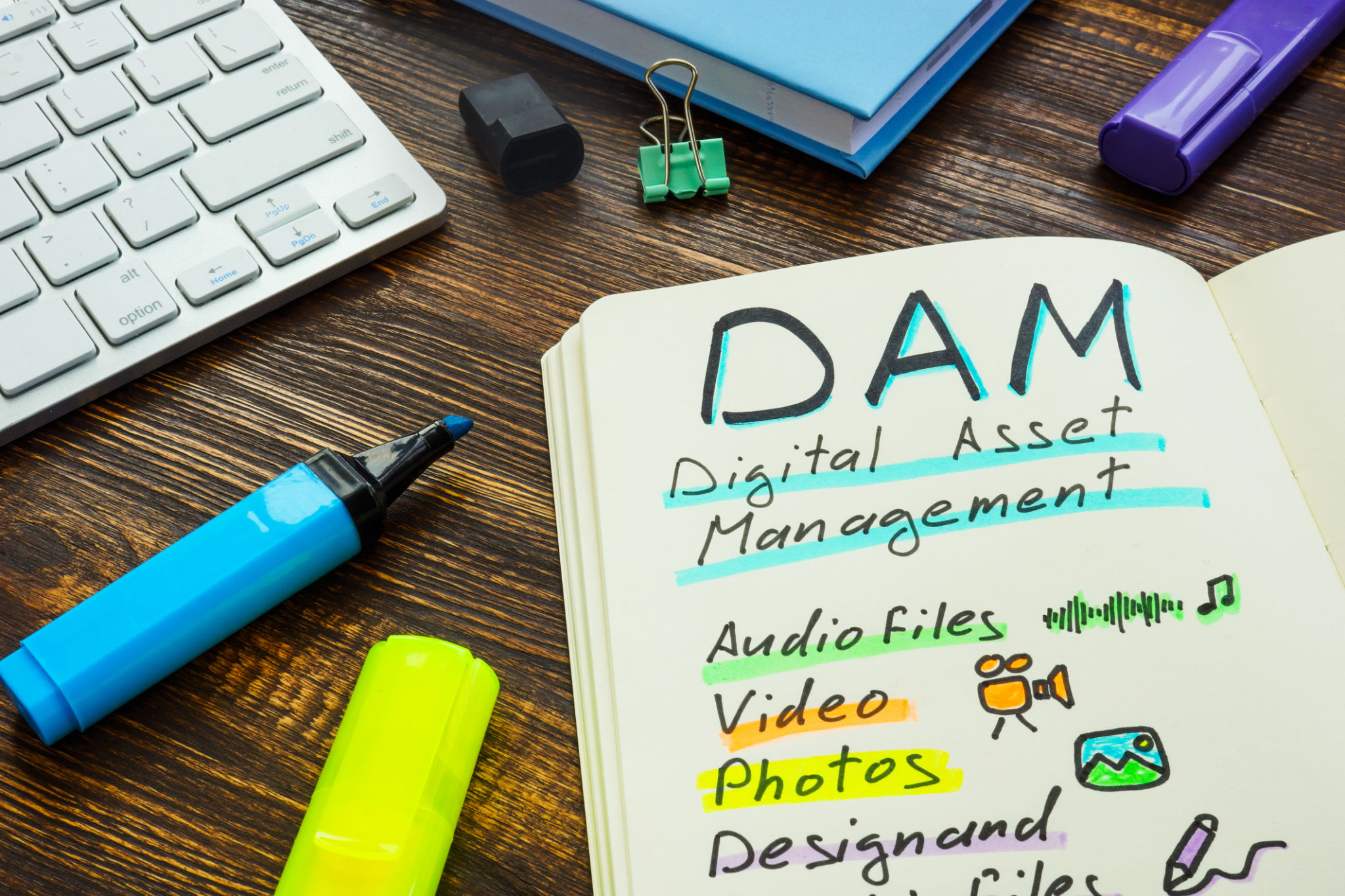Navigating the Complexities of Digital Asset Management in a Global Market
Understanding Digital Asset Management
In today's fast-paced global market, businesses are inundated with digital assets ranging from images and videos to documents and design files. Effective digital asset management (DAM) is crucial for organizing, storing, and retrieving these assets efficiently. A robust DAM system not only streamlines operations but also enhances collaboration across global teams.

Digital assets are more than just files; they are valuable resources that represent a company's brand and creative output. As businesses expand globally, managing these assets becomes increasingly complex due to diverse cultural, legal, and operational challenges. Therefore, understanding the fundamentals of DAM is the first step towards successful implementation.
Challenges in a Global Market
Navigating the complexities of digital asset management in a global market involves addressing several challenges. One significant challenge is localization. Ensuring that digital assets are culturally appropriate and comply with local regulations can be daunting. Businesses must adapt their content to suit different languages, cultures, and legal requirements without diluting the brand message.

Another challenge is data security and compliance. With varying data protection laws across countries, companies must ensure that their DAM systems are secure and compliant with international standards. This includes implementing robust encryption measures and adhering to regulations like GDPR in Europe or CCPA in California.
Key Strategies for Effective DAM
To navigate these challenges successfully, businesses should adopt key strategies for effective digital asset management. Firstly, investing in a scalable DAM solution that supports multiple languages and currencies is essential. This ensures seamless operations as the business grows in different regions.
- Centralized Storage: Implement a centralized system where all digital assets are stored and accessed by authorized personnel.
- Metadata Management: Properly tagging assets with relevant metadata improves searchability and retrieval.
- Automated Workflows: Utilize automation to streamline repetitive tasks and enhance productivity.

Secondly, fostering collaboration between teams is crucial. A DAM system that enables easy sharing and editing of assets can greatly enhance teamwork, especially when employees are spread across different time zones. Regular training sessions on DAM usage can also help maximize its potential.
The Role of Technology in DAM
Technology plays a pivotal role in advancing digital asset management. Artificial intelligence (AI) and machine learning (ML) are increasingly being integrated into DAM systems to automate processes like tagging, categorization, and even content creation. These technologies help reduce manual effort and enhance accuracy, making asset management more efficient.
Additionally, cloud-based DAM solutions offer flexibility and scalability that on-premises systems cannot match. They allow businesses to access their assets from anywhere in the world, facilitating remote work and global collaboration.
Future Trends in Digital Asset Management
As the global market continues to evolve, so too will digital asset management practices. Future trends may include greater integration with other business systems like customer relationship management (CRM) and enterprise resource planning (ERP), creating a more cohesive digital ecosystem.

Another emerging trend is the use of blockchain technology for asset tracking and security. By providing a tamper-proof ledger of all asset transactions, blockchain can enhance transparency and trust in digital asset management systems.
Ultimately, navigating the complexities of digital asset management in a global market requires a strategic approach that leverages technology, fosters collaboration, and adapts to changing regulatory landscapes. By doing so, businesses can ensure their digital assets remain a valuable and dynamic part of their global operations.